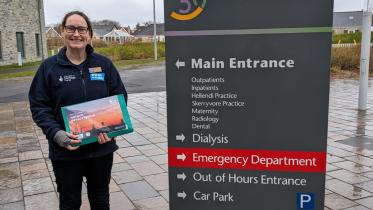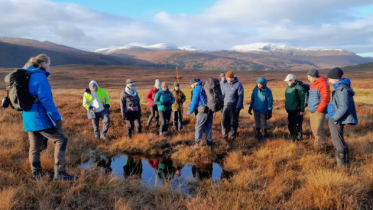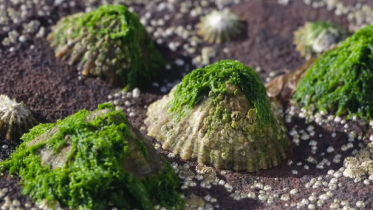Integrated pest management
In nature conservation, non-chemical control of weeds, pests and diseases should usually take priority. Pesticides are selected in some circumstances.
A pest, disease or certain plant species may sometimes pose a threat to the conservation interest of a site. Measures to control the issue, or to prevent its occurrence in the first place, might be included in the site’s management plan.
Control measures can:
- be mechanical
- be biological
- involve pesticide use
- use any combination of the above
It may be necessary to apply a pesticide for ecological gain – whether it is used alone or in tandem with non-chemical methods. Costs and benefits must be considered when deciding how best to control a potential threat to the conservation interest of a site and/or adjoining land.
Integrated pest management handbook
Read the Integrated Pest Management in Nature Conservation Handbook
Our handbook can guide decisions about non-chemical and chemical options for the control of a range of specific vegetation management issues.
European legislation requires that:
- conditions are created for the implementation of integrated pest management principles by all professional users of pesticides
- pesticide use is minimised in protected areas
The handbook explains how to fulfil these requirements and presents integrated pest management principles in the context of nature conservation.






